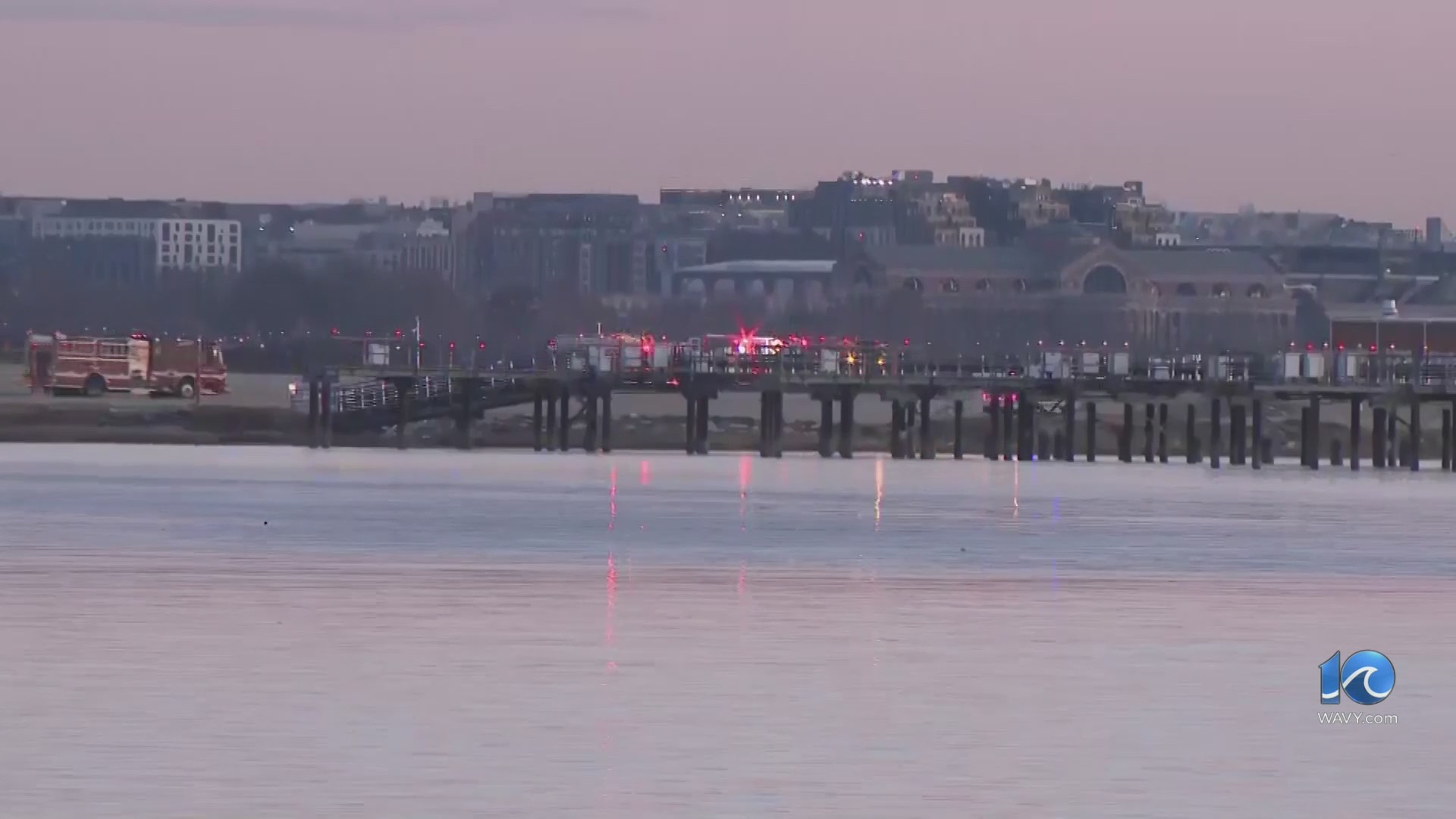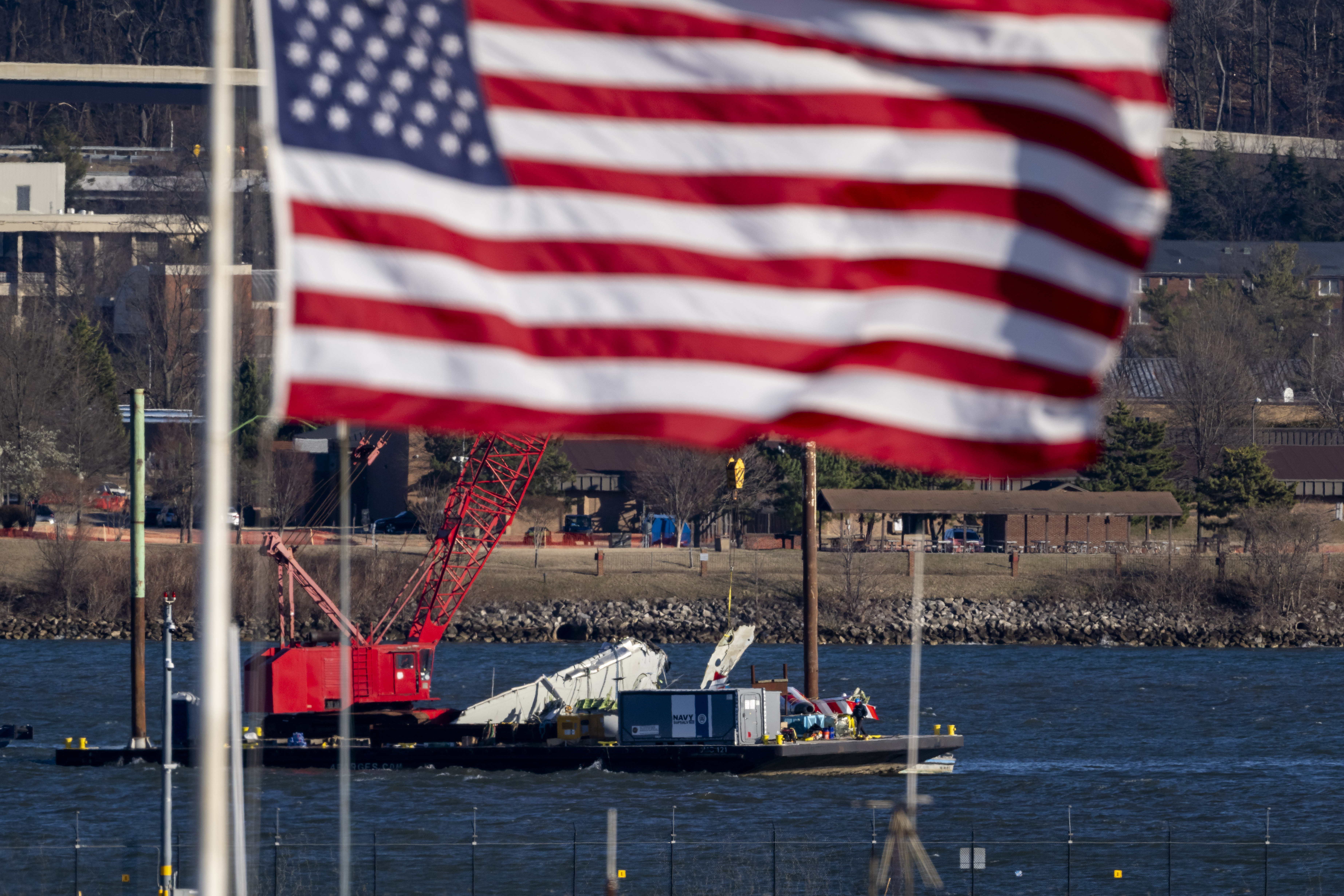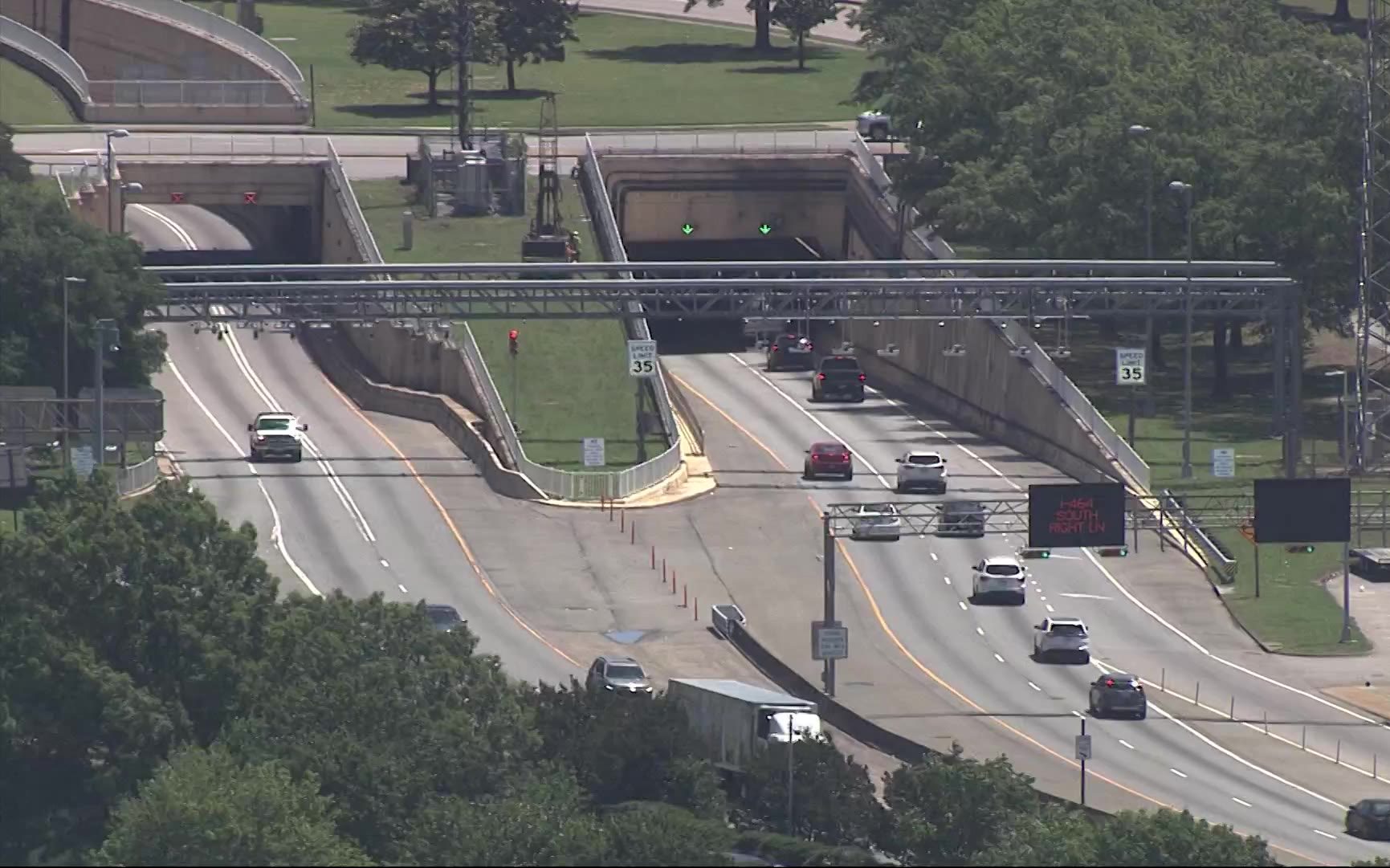WILLIAMSBURG, Va. (WAVY) — On a cold December day when temperatures struggle to stay much above freezing, people still stand captivated along the dirt roads of the Palace Green as General Marquis De Lafayette trots on his horse.
Several pull out their phones quickly to snag a picture before professional interpreter Mark Schneider walks over towards them and begins a conversation about his history in the colonial capital.
This type of scene has played out thousands of times in Colonial Williamsburg’s nearly 90 years as a living history museum.
However, for the last several decades, it has been happening in front of fewer and fewer people.

Vanishing Visitation
Since the late 1980s, attendance to Colonial Williamsburg has been shrinking. In 1988, 1.2 million people paid to experience all the 18th century town had to offer. By 2017, half as many did the same.
It led to a restructuring of operations as the nonprofit foundation, which owns the 301-acre site, was facing millions in debt.
Nearby, Busch Gardens Williamsburg has faced challenges as well.
In 2007, the theme park with a European theme had an estimated annual attendance of roughly 3.2 million guests, according to the Themed Entertainment Association Global Attractions Attendance Report. That year, it was also the 15th most attended theme park in the United States.
And 2015 was the last year the park made the report’s top 20, with attendance now estimated to have dipped below 2.5 million visitors per year.
That all trickles down to the hotels.
From 2019 to 2023 the number of rooms sold at hotels in Virginia Beach, Norfolk and Portsmouth increased by more than 4% according to Old Dominion University’s Dragas Center for Economic Analysis and Policy.
Hotel’s in Chesapeake and Suffolk saw a 2% increase.
However in the Williamsburg hotel market, the number of rooms sold fell by roughly 4%.
It’s a fact Williamsburg Mayor Doug Pons knows all too well — for several reasons, first, as a politician who votes on a budget that now relies on property taxes as the number one source of revenue.
“It used to be the other way around,” Pons said. “That rooms and meals tax was far and away the largest tax bracket of revenue that we’ve collected through the years. We’ve seen that change primarily as we’ve seen visitation decline at Colonial Williamsburg, and then a big shift at Busch Gardens, when it was more of an outer market driver and it shifted to more of a local drive-in, local drive market. Not as many overnight stays.”
Second, he is aware of the issue from the hotel side, as he and his family used to own and run the Quarterpath Inn on York Street.
“When I was in the hotel business, we could sit at the front desk and just line the front desk with guest folios as people were signing in,” Pons said. “And we’d have 12 to 30 people checking in at once.”
But by 2015, he often couldn’t even fill a quarter of his 230-room 1970s-era motor lodge. He made the decision to convert the property over to just apartments, now named The Flats at Williamsburg.
“It was challenging at the time to get the zoning to allow it to happen, then get financing,” Pons said. “… I don’t think lenders really understood what we were trying to accomplish. I think you’re seeing more hotels do this type of conversion. … Once it was fully converted, business [was] much better. We have a waiting list of folks ready to come in.”
In fact Pons is far from alone.
Over the last 20 years the greater Williamsburg area, which includes the City of Williamsburg as well as James City and York Counties, has lost nearly 20 hotels, 2,745 available rooms, and a million available room nights annually according to data from the Williamsburg Hotel and Motel Association.
Several, such as the former George Washington Inn and Conference Center on Merrimac Trail, turned into apartments, at least two were purchased by the College of William & Mary and turned into student housing and one was repurposed into the Copper Fox Distillery Williamsburg.
However most met the fate of the wrecking ball.
“Coming out of the recession, ’08, ’09, that had a big impact on on hotels and their financial viability,” said Ron Kirkland, WHMA’s executive director. “As we moved out of 2009, ’10, ’11, ’12, occupancy was really low 40s and to a point where it just wasn’t sustainable.”
Then came the COVID-19 pandemic.
“If you were financially weak or unstable, the pandemic really put the nail in the coffin for some hotels,” Kirkland said.
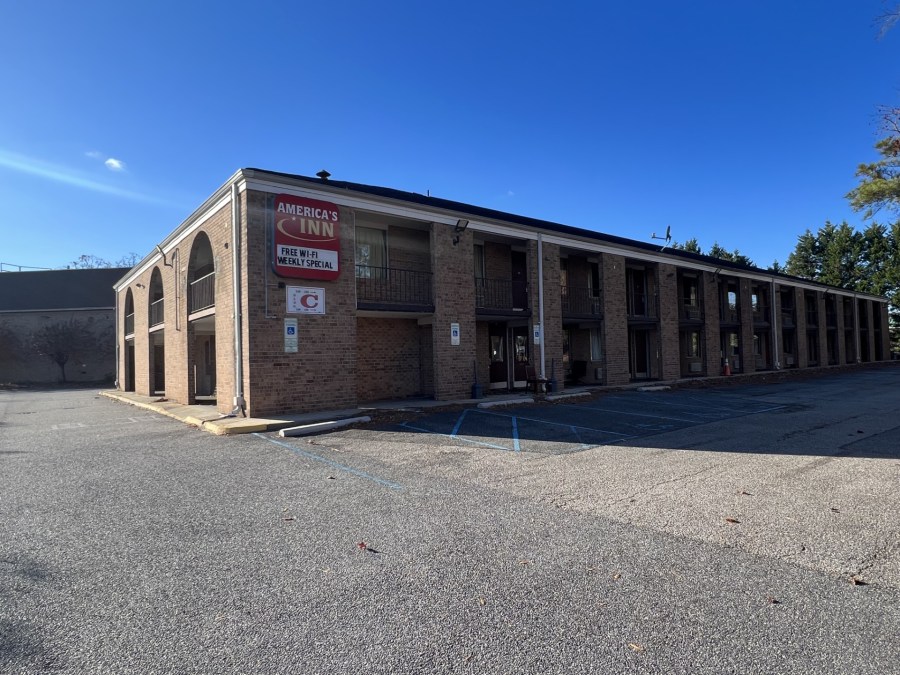
The rise of Airbnb and Vrbo also hasn’t helped. Roughly a fifth of people visiting the Historic Triangle last year stayed in one, according to the 2023 Williamsburg Ad Effectiveness ROI Report.
However Kirkland said it’s not all negative.
A majority of the hotels/motels that closed were of the older style. Many with rooms that opened to the outdoors according to Kirkland.
“It’s a good thing when when older or dilapidated inventory goes away and we have opportunity to replace it with something maybe a little bit better for the consumer,” Kirkland said. “There’s two sides of the coin. It’s concerning because you feel like we have a demand issue that we need to correct and we certainly do. We need to get more people to come here and stay the night in our hotels.”
Turning a new leaf
Colonial Williamsburg may be known to some as a place where time stands still, but it doesn’t mean the way the foundation does business in that way.
The foundation no longer focuses on the number of tickets it sells. Rather, it looks at how many people they reach.
Many, via the internet.
“Our educational impact more accurately reflects the Foundation’s non-profit mission to tell a complete story of the Revolutionary era,” said Ellen Morgan Peltz, spokesperson for Colonial Williamsburg. “We therefore do not use admission tickets sales as the primary proxy of our success as we once did. When we combine onsite and online impact of our work, we estimate we reach nearly 20 million people annually who are interested in the educational resources we offer.”
Still, she said new efforts are being made to bring people to the property as well.
“Current projects include the restoration of the Williamsburg Bray School, the reconstruction of the African Baptist Meeting House and Burial Ground, the re-restoration of the Magazine, the construction of the Campbell Archaeology Center, and the restoration of the Custis Garden,” Peltz said. “We are also improving amenities throughout the campus, including parking lot improvements in Merchants Square, new restrooms downtown, renovated streetscapes in and around the Historic Area, redecorated hotels to better reflect our heritage, and a new par-3, nine-hole golf course.”
Busch Gardens is also making investments, building a new roller coaster that pays homage to the Big Bad Wolf as it celebrates 50 years.
However, Pons said the need to diversify is evident.
“We recognized as an industry that we needed to change the narrative of Williamsburg from just being roller coasters and tricorn hats and three sail ships,” Pons said.
Currently under construction next to the Colonial Williamsburg Visitors Center is the Williamsburg Sports and Events Center.
The more than $80 million project, funded by all three Historic Triangle municipalities, hopes to take advantage of the sports tourism market.
It’s predicted the center could generate 42,000 annual room nights at hotels with $1.3 million in additional tax revenue split between the three governments.
A similar center in Virginia Beach has seen an additional 50,000 room nights.
“I think what the Sports Center does gives us an opportunity to kind of package all of Williamsburg and all of its sports assets to try to attract more people to Williamsburg,” Pons said. “And when you think about families coming for sports and then having all the complementary attractions that we have, I don’t think there’s another place in the country that can beat us on that.”
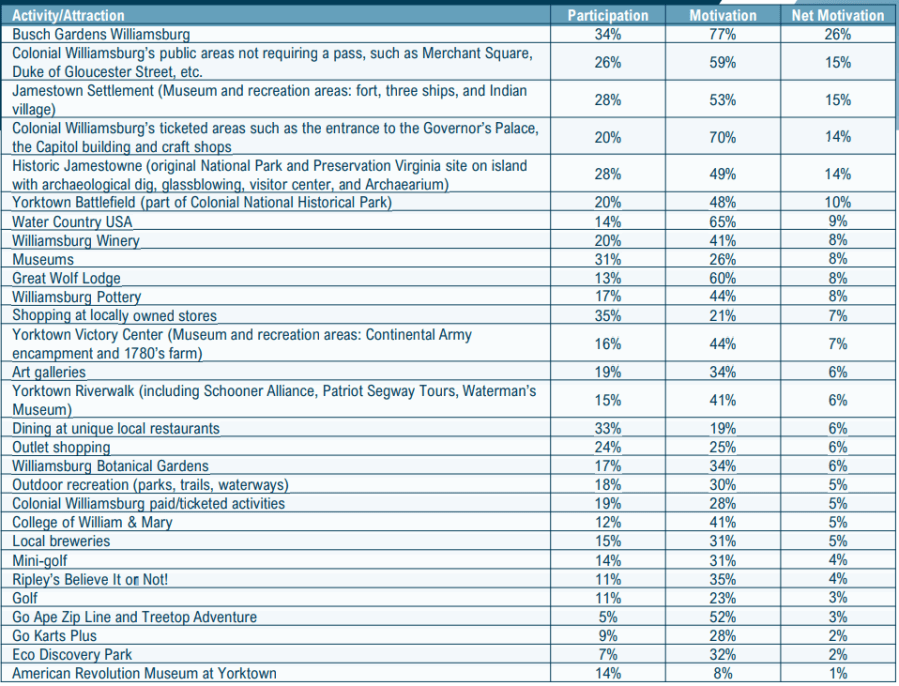
However, Ed Harris, the recently hired CEO of Visit Williamsburg, plans to spread the message of what the community is already doing.
“The key is to make sure that people are aware of all of the the numerous things to do every month,” Harris said. “And so I’m really excited to be working with our social media team because we’ve been much, much more active locally, sharing new businesses, opening up events and just making sure that people are on the pulse of the things to do here.”
He said amid the holiday season, they are already seeing results.
“It’s just great to see that eight out of the last 10 weeks across our hotel community, we’ve seen the occupancy level grow higher than it was just a year ago,” Harris said. “So I’m encouraged about how tourism will finish the year here in 2024. And there’s lots of things on the horizon, including our new sports facility, the America to 250th commemoration, all of those things are in front of us.”
Kirkland feels he can confidently say, the days of seeing shuttering hotels is coming to an end.
“I think what you’ll see moving forward, particularly with the new development of the indoor sports complex hotels within, you know, a five minute drive of there are either going to undergo significant renovations or you might see a franchise come in, buy it, scrape it down to the steel and the concrete and completely rebuild it new with a with a newer, fresher hotel,” Kirkland said. “I feel good about the future of tourism in Williamsburg. Bullish, absolutely.”






